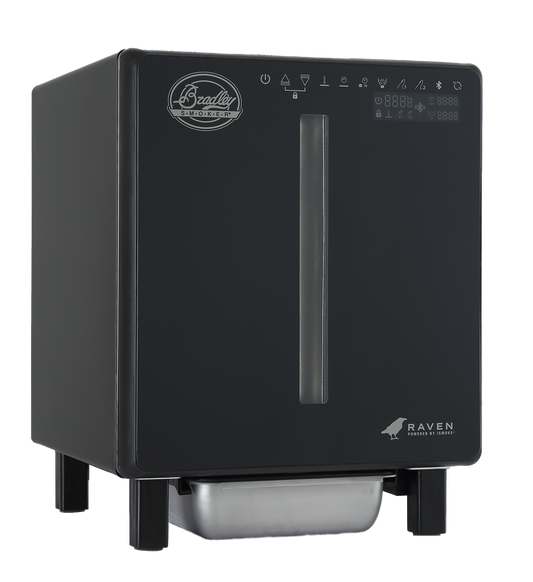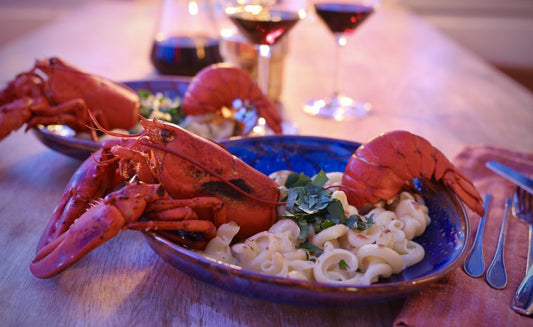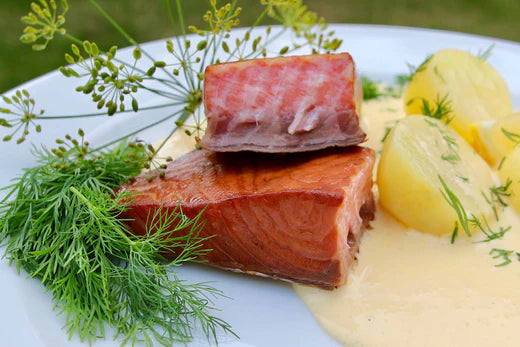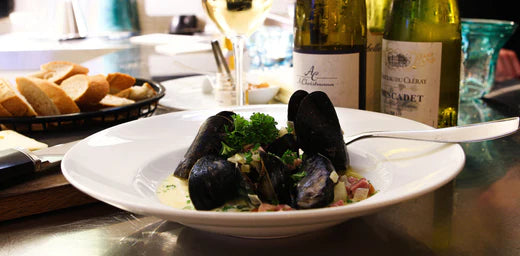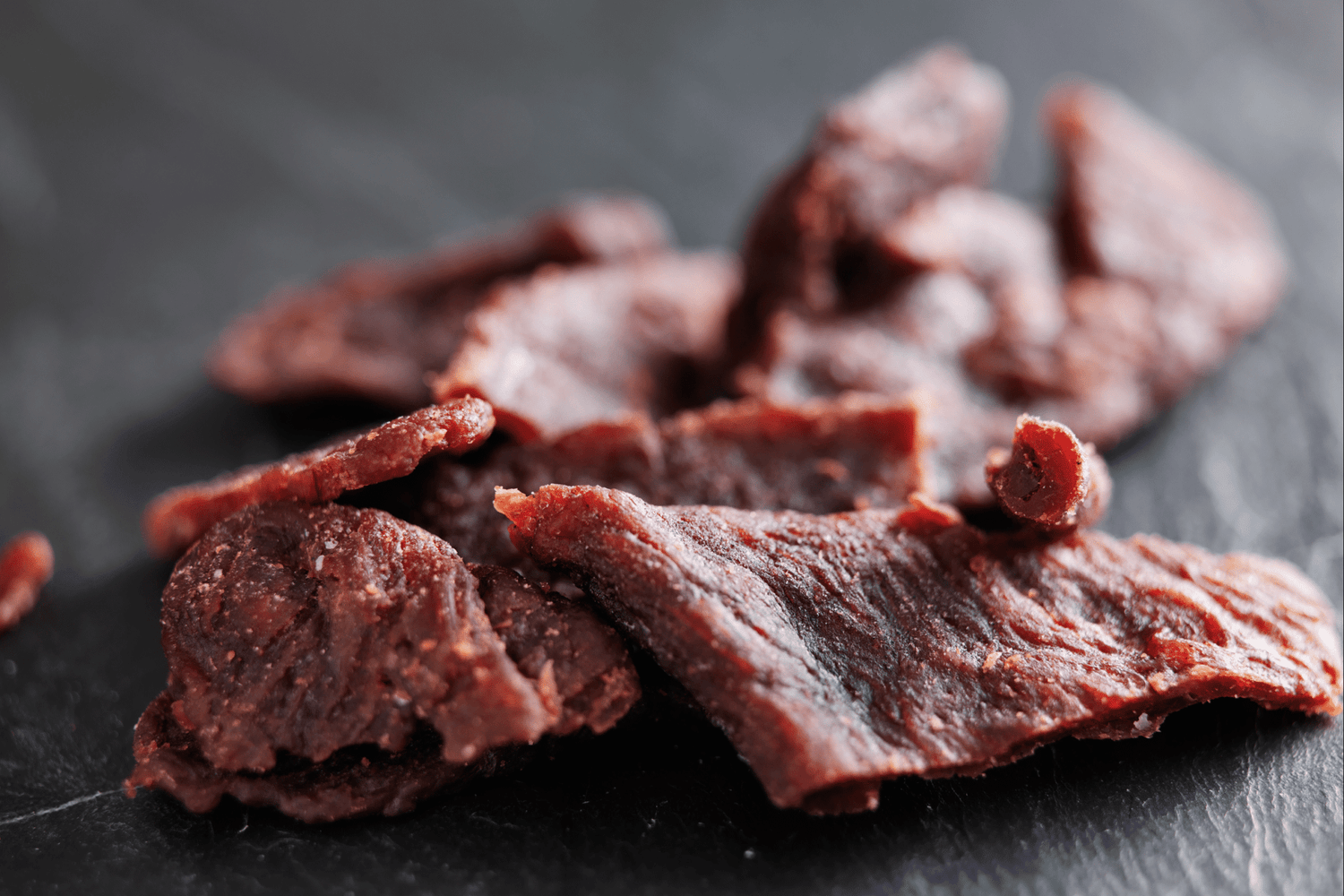
Smoked Wild West Jerky Recipe
Satisfy your snack cravings with our smoked Wild West jerky recipe! This tender, savory treat is packed with flavor, thanks to a blend of smoky spices and slow smoking, making it the perfect choice for an on-the-go snack or a protein-packed addition to your favorite recipes.
Ingredients
Seasonings and other ingredients for 5 lbs. (2.25 kg):
3 Tbsp (45 ml) Bradley Honey Cure (Do not use more than this amount)
4 Tsp (20 ml) pepper, black
2 Tsp (10 ml) garlic powder
1 Tsp (5 ml) MSG (optional)
1 Tsp (5 ml) liquid smoke (optional)
1 Tsp (5 ml) cayenne
1 Tsp (5 ml)) coriander
1 Tsp (5 ml) chilli powder
6 Tbsp (90 ml) soy sauce
4 Tsp (20 ml) Worcestershire sauce
1½ Cups (360 ml) apple juice
4 Cups (960 ml) cold water
Note: If the meat weighs either more or less than 5 pounds (2.25 kg), the amount of cure mix applied must be proportional to that weight. For example, if the weight of the meat is 2 ½ pounds (1.15 kg), then each ingredient, including the Bradley Cure, needs to be cut in half.
Preparation
Begin with hunks of meat, rather than with meat that has been cut into steaks or chops. (Steaks and chops are cut across the grain of the meat. This makes them unsuitable for jerky.)
Chill the meat thoroughly. Cold meat is easier to cut, and retards bacterial growth.
Trim the fat from the meat. It is impossible to remove the streaks of fat that are marbled into the meat, but you should remove all fat that you can.
Use a long slicing knife or an electric meat slicer to slice ¼ inch (7 mm) thick strips. Make the strips 1 to 2 inches (2.5 to 5 cm) wide. Cut the meat with the grain, not across the grain. If the meat is cut across the grain, it will be too fragile after it dries. You can determine if you have cut the strip correctly with the grain by pulling on the ends of the strip. If you have cut it properly with the grain, the strip will stretch; if not, the muscle fibers will separate, and the strip will tear.
Chill the meat again while preparing the seasoning mixture.
Combine and stir the seasoning blend well until all ingredients are dissolved.
Chill the mixture well.
Add the meat strips and stir them from time to time, especially during the first few hours of curing. Refrigerate overnight.
During the morning of the second day, use a colander to drain the curing liquid from the meat. Do not rinse!
Drying and smoking the jerky:
Hang the strips, place the strips on smoker racks, or lay them in wire-mesh smoking baskets. (Wire-mesh baskets are preferable. Hanging the strips will allow more of the product to be processed, but the use of baskets makes processing easier and faster.) A thermometer is not required for beef, pork, or any other kind of meat if the suggested high temperatures and long processing times are followed. You may use a common smoker with a heat source inside.
To facilitate drying, the smoker chimney damper should be fully open.
Dry at 140°F (60°C) with no smoke until the surface is dry. This will require at least one hour. If the strips are on wire mesh, turn them over after 30 to 45 minutes to prevent sticking.
Raise temperature to 160°F (71°C), and smoke for 2 or 3 hours.
Raise the temperature to 175°F (80°C) – for poultry, raise the temperature to 185°F (85°C) – and continue to dry with no smoke until done. This final drying and cooking step will require about three hours. When the jerky is done, it will be about half the thickness of the raw jerky, and it will appear to have lost about 50% of its weight. The jerky will not snap when bent, but a few of the muscle fibers will fray. If the jerky is dried until it snaps when it is bent, the jerky will have a longer shelf life, but it will not be as tasty.
Let the jerky cool to room temperature, and either freeze or refrigerate it.
Note: If the salt taste is too mild, the next time you make this product, add about 1 teaspoon of salt to the ingredients list. If the salt taste is too strong, reduce the amount of Bradley Cure by about 1 tsp.

